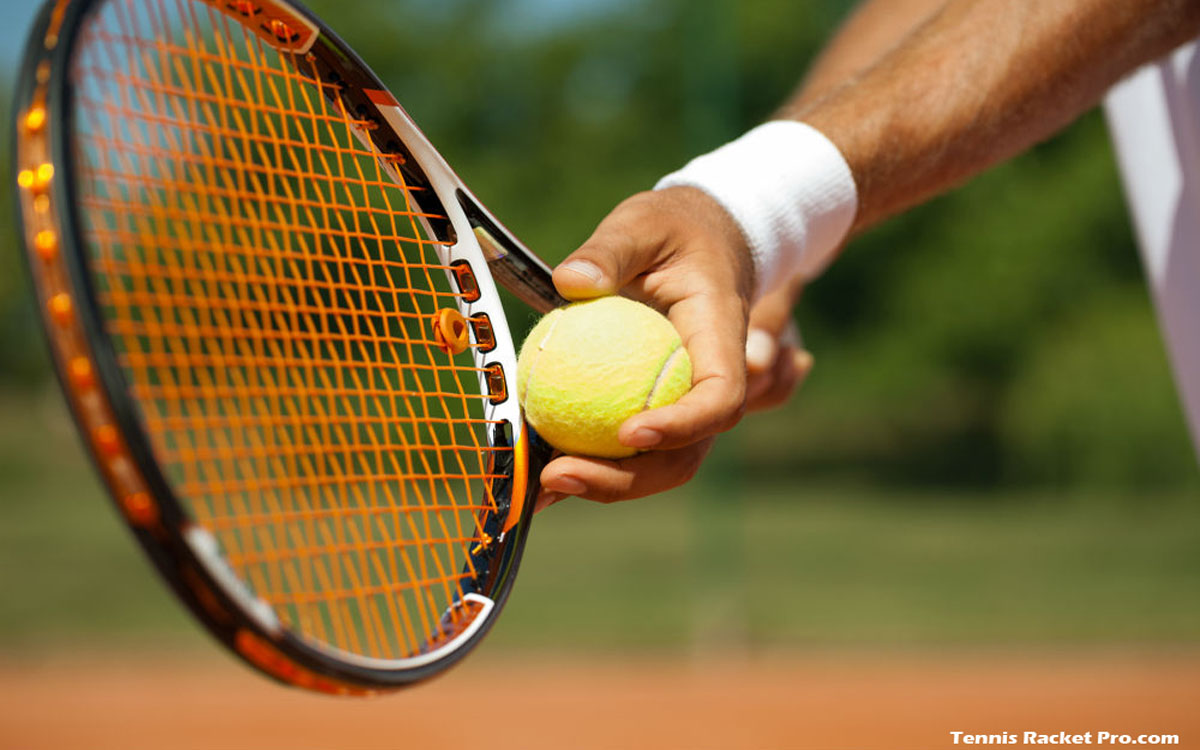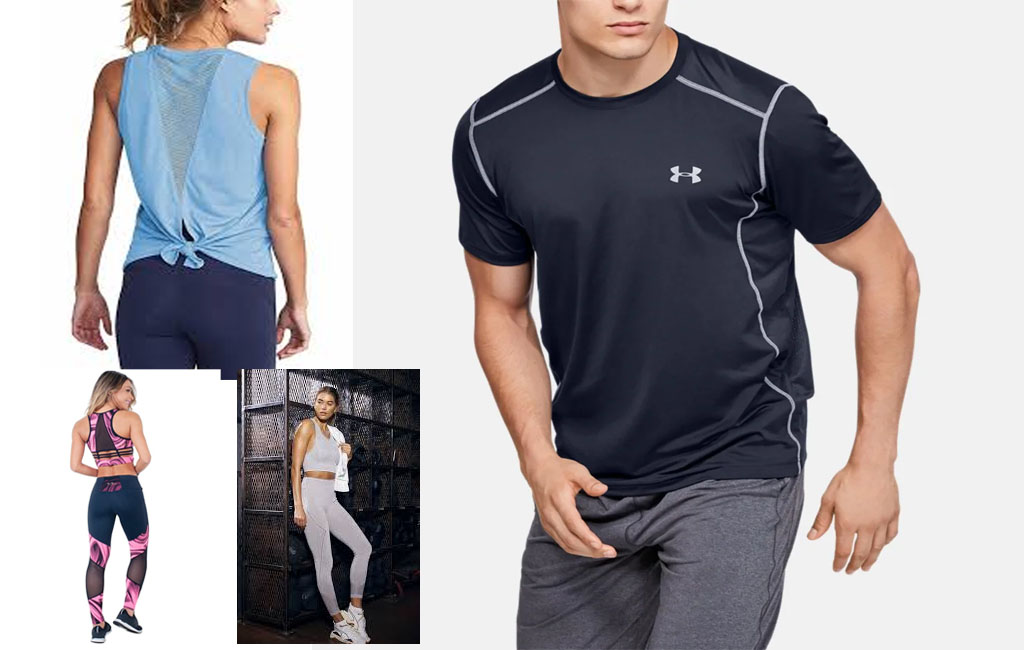Tennis can be an exciting sport for people of every age group. There is little or no equipment necessary to play tennis, but what there is certainly, is extremely important. When you begin to try out or learn tennis, you need a place to learn and employ. Many schools have tennis courts that you just will be able to use when school isn’t in session. You can also find courts at local parks, private clubs, and sometimes community centers. Sometimes usage of these courts will be free, while maybe they will often charge a small fee. Once you have found a location to try out, you will want comfortable clothing and running sneakers (or sneakers), a tennis ball, and most importantly, a tennis racket.
Your tennis racket consists of two parts: the handle or grip along with the racket itself. When choosing a racket, the grip is the central thing to keep in mind. The wrong grip on your tennis racket can cause blistering and discomfort, it may also affect your game by requiring more energy inside your swing. To select the correct racket, you should first measure your grip. This is done by measuring through the middle of one’s palm, towards the tip of the ring finger. Typical sizes are four inches for the children, four-plus an eighth to four and three-eighths inches for females and four and a half to hour and 3 / 4 inches for males. This measurement will coincide with the measurement across the handle with the racket. As the grip begins to wear, you will need to change it. This period will differ based on how frequently you play.
There are 2 kinds of replacement grips for the racket, cushioned and firm. The firm grip is used by those players who choose to notice the ball and racket connect, cushioned is better to protect your hand from absorbing the shock. There are additions to your racket called overgrips. These are temporary grips that could prevent your grip pores from being clogged by dirt or sweat. They will need to be changed frequently (every five possibly even times you play) so they aren’t getting sticky and affect your game. There are three forms of overgrips available, depending on your preference. These are Soft, Tacky, and Dry. They each get their pros and cons.





